Cueing for Confidence: How to Keep New and/or Struggling Students on Pace for a Successful Class

Making sure that a new student is comfortable and feels included and welcomed throughout the class is key to reducing any intimidation they may have felt when they walked in the room, and enhancing their overall experience in your class. New students should be monitored particularly closely during their first few classes. Look for signs that […]
February is Heart Health Month: How Are You Monitoring Your or Your Clients’ Hearts?
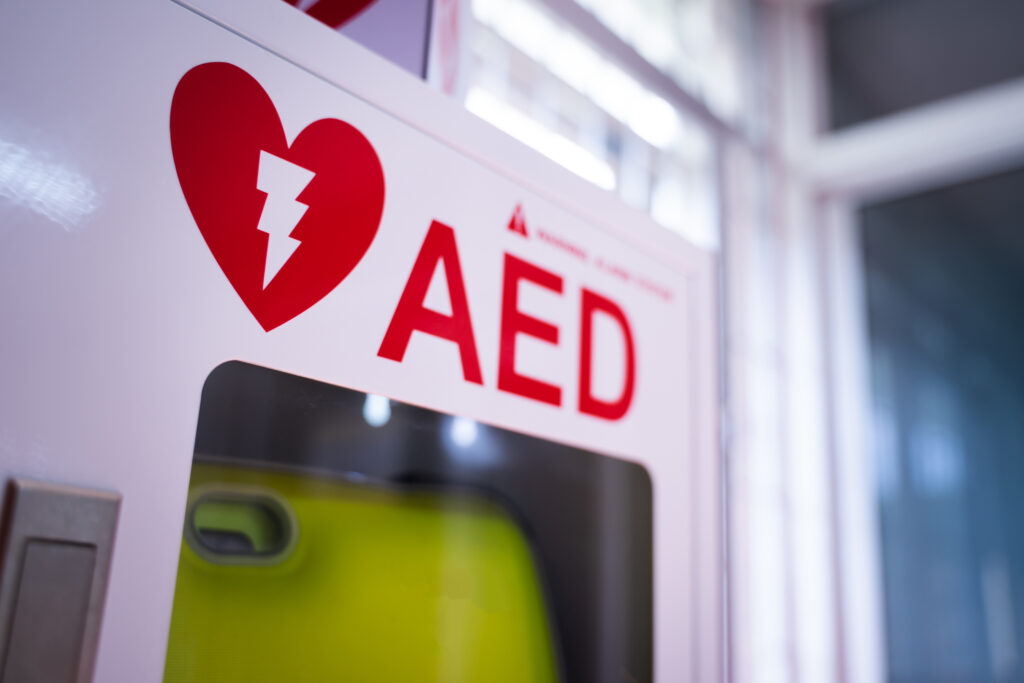
Cardiovascular health is, if you’ll excuse the pun, at the heart of physical fitness. Appropriate, then, during American Heart Month to have a look at the ways we can monitor our hearts as well as those of our clients. For clients, getting ahold of an at-home blood pressure monitor can be a good start, as […]
Harnessing the Expertise of Exercise Professionals to Move the Needle on Blood Pressure Controlancer Treatment

High blood pressure (BP) or hypertension is the most common costly but modifiable major risk factor for the development of cardiovascular disease and premature mortality, affecting nearly half (47%) of the U.S. adult population. A recent scientific statement from the American Heart Association (AHA) reinforces physical activity as a critical component of first-line treatment for individuals with mild- to […]
It Works to Network for Fitness Professionals

We hear the phrase “It’s not what you know, but who you know.” This couldn’t be any truer when we’re talking about networking. I’m Dane Robinson, certified fitness professional, TV fitness coach and ACSM Health & Fitness Summit presenter. If you want to take your career further and faster, it’s all about networking. And here […]
Mythbusting | Weight Loss
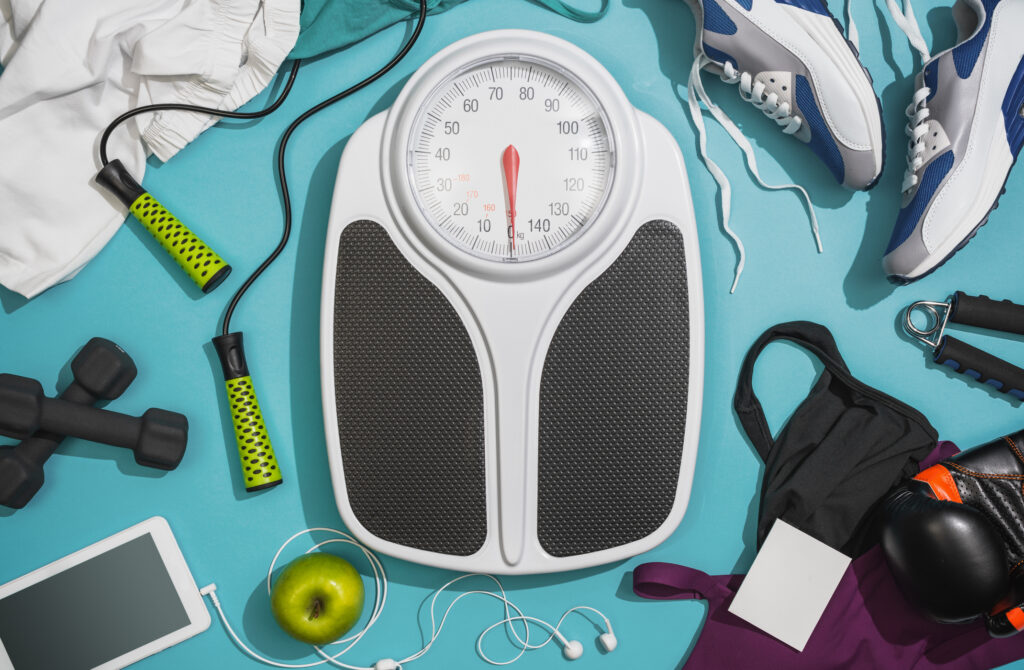
When it comes to lifestyle weight loss there are lots of myths. The New Year brings more and more to the forefront as millions of Americans (approximately 45%) set resolutions to lose weight. In this blog, I bring forward my experience and the science driving how I coach clients and patients during their lifestyle weight […]
Inspiring ACSM Leaders: Antronette (Toni) Yancey, MD
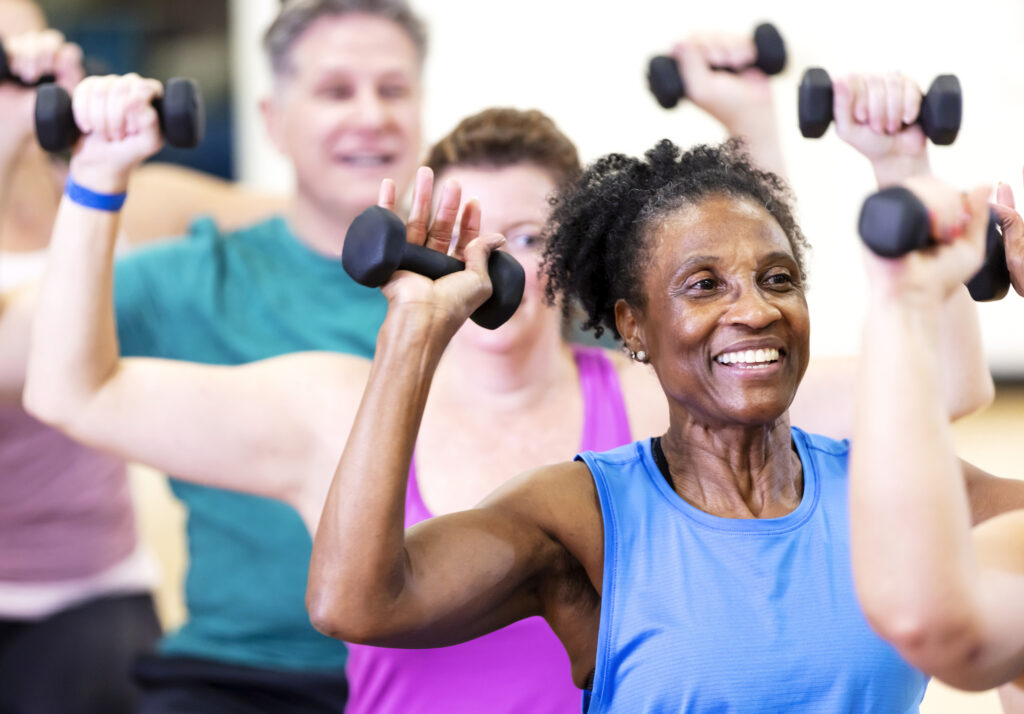
Antronette (Toni) Yancey, M.D., was born in Kansas City, Kansas, in 1957. She studied biochemistry and molecular biology at Northwestern University before attending Duke University for her M.D. and going on to pursue a long and successful career in public health and public health education. Dr. Yancey received a posthumous ACSM Citation Award in 2014. […]
Progressive Resistance Training: A Way to Combat Persistent Pain after Breast Cancer Treatment

Persistent pain is among the most common adverse effects to breast cancer and its treatments. It affects 25-60% of patients and can linger for several years as a source of considerable physical and psychological distress. Among other things, pain after breast cancer is a primary source of upper limb dysfunction and has been associated with […]
How to Reduce Intimidation for New Clients in Group Exercise Classes or Group Training Sessions

For new students walking into a group exercise class or group training session, intimidation can be brought on for a number of reasons. Feeling uncomfortable in the exercise setting, for any reason, can reduce the student’s enjoyment of the exercise, decrease the benefits of the exercise and can cause the student to become upset and […]
Working with Older Adults? Don’t Skimp on Strength Training
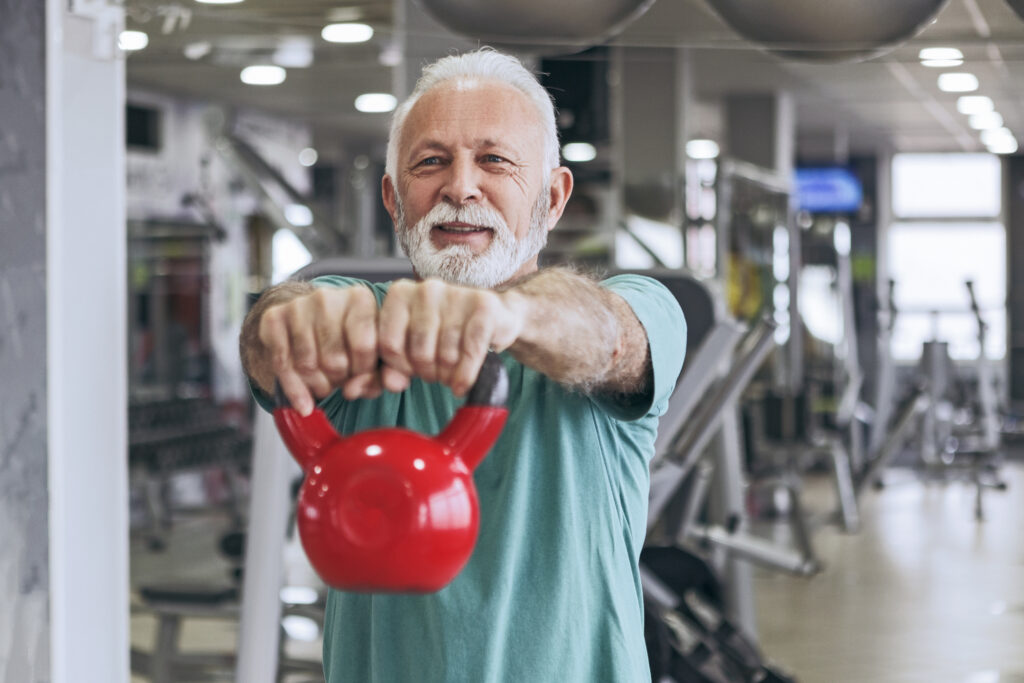
“Garrett, I’m too old to strength train.” If I had a penny for every time I heard this statement, I’d be a rich man! Really, I would. More recently: “Dr. Kellar, aren’t some people too old to do strength training?” What? No! A person is never — yes, never — too old to strength train! As one […]
Why Getting Certified Should Be Your Next Step
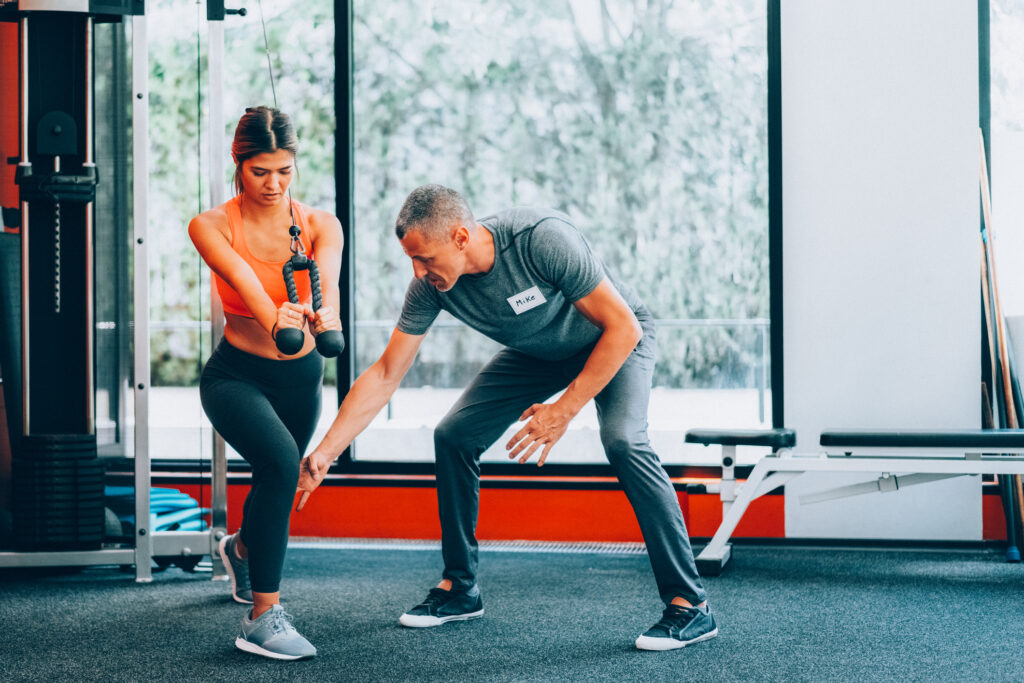
Seven years ago I got my first job out of college as an exercise therapist at a local hospital, where I worked in the rehab department. I taught aquatic exercise classes and land-based classes for different types of people — older people, people with heart problems, those who had neurological conditions and so forth. It […]
